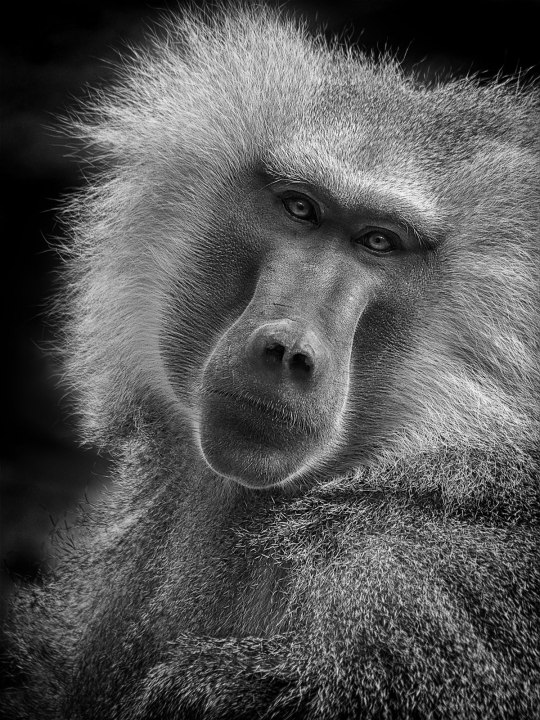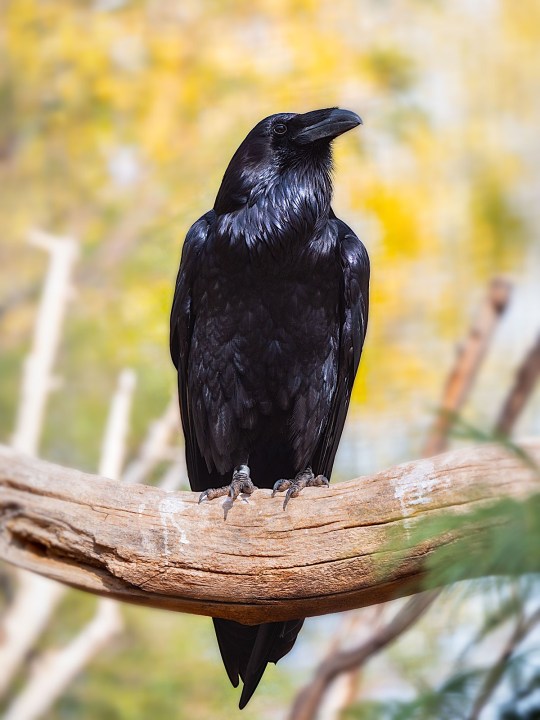Three main things I find that have helped me create stronger wildlife photography are patience, practice and anticipating behavior. You work on all three when you have animals in front of your camera.
Get thee to a zoo
Many times I don’t have the subjects which to study and photograph in my neighborhood. A zoo or wildlife park is a target rich environment. There are lots of opportunities in these environments. But that doesn’t mean it’s easy to capture “keeper” images. Even animals in captivity give you the chance to learn wildlife photography skills.
Eye contact and/or catch lights

Learn to wait for expression, which I feel comes with eye contact. Watching and waiting for that movement takes patience. I’ve photographed the baboon named ‘One’ at the Phoenix Zoo on many occasions. Sometimes spending an hour or more with fruitless results. The image above shows how patience can pay off with ‘One’ in soft light and looking as if he could see into my very being.

All creatures look more alive with a catch light in the eyes. The smallest movement of the head or a slight change in position in relation to your prey makes the difference. Look for theses small changes when practicing to be aware when you get to the wild.

Credit your images properly
Please do not represent your captive animal images as being taken in the wild. Images made in a zoo, animal park or game farm should be labeled as such. Note that each image was credited to the Phoenix Zoo.
Share with me
Share some of your efforts with me if you get a chance (whether made captive or wild) on our Photofocus Community or in the comments below. If you have some tips on learning wildlife photography you would like me to share, I’d love to hear them!
Yours in Creative Photography, Bob
Tell your story with the second annual Visual Storytelling Conference!
Experience four days of interactive, online training sessions featuring a range of educational content with experienced photographers and content creators. This free event kicks off with a series of technical boot camps to build essential skills, followed by live, online sessions on photography, video, business and social media. Join live from March 10-13, 2022!
